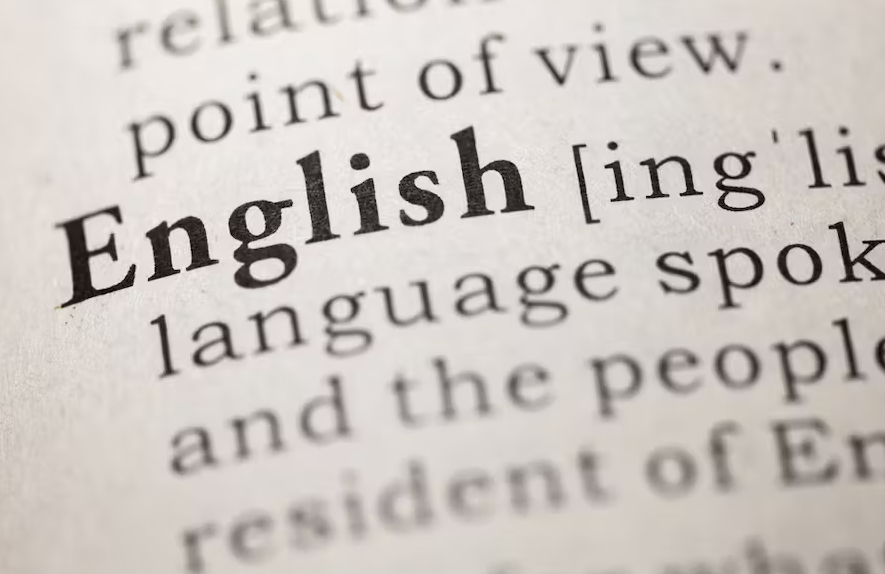While the United States does not have an official language, English has emerged as the de facto United States of America National Language. This article will provide a detailed look at the history of language in the USA, the debate over a national language, the impact of English as the dominant language, language diversity in the USA, and more.
Brief History of United States of America National Language
The United States has a rich history of language diversity. Native American languages were spoken across the land long before the arrival of European colonizers, and as different groups of Europeans settled in the colonies, a variety of languages were spoken. The influence of colonization resulted in the dominance of English in the thirteen colonies, but other languages, such as French and Spanish, also had a significant impact.
As immigration increased in the late 19th and early 20th centuries, more and more languages were spoken in the United States. Today, the USA is one of the most linguistically diverse countries in the world, with over 350 languages spoken.
The Debate Over United States of America National Language
The idea of establishing a national language has been debated in the USA for over a century. Those in favor of a national language argue that it would promote national unity and simplify communication. Those against a national language argue that it would be a violation of individual rights and would harm linguistic diversity.
Despite the ongoing debate, English has emerged as the de facto national language of the United States. English is the language of government, education, business, and the media. However, there are no federal laws that establish English as the official language, and some states have passed laws recognizing other languages.
English as the De Facto USA National Language
English has become the dominant language in the United States due to a variety of factors, including government and institutional policies. The English-only movement, which began in the 1980s, aimed to make English the official language of the United States and limit the use of other languages in government and public spaces.
While the movement was not successful in establishing English as the official language, it did lead to the passage of English-only laws in some states. These laws require that all official government business be conducted in English, and they often limit access to public services for non-English speakers.
The impact of English as the dominant language has been significant, particularly for bilingual and multilingual individuals. Many children of immigrants are raised with two languages, but the dominance of English in schools and in the media can lead to a loss of proficiency in their heritage language.
Language policies
Language policies have been established at the federal and state levels to address language diversity in the USA. The most well-known policy is the Bilingual Education Act of 1968, which provided federal funding for bilingual education programs in schools with large numbers of non-English-speaking students.
More recently, the Every Student Succeeds Act (ESSA) was passed in 2015, which requires states to develop plans to help English learners achieve proficiency in English and to meet state academic standards. The ESSA also recognizes the importance of preserving and revitalizing Native American languages.
Language Diversity in the United States
Despite the dominance of English, the United States remains a linguistically diverse country. Bilingualism and multilingualism are common, particularly in areas with large immigrant populations. Many schools now offer bilingual education programs, which help students maintain proficiency in their heritage language while also learning English.
There is also a growing movement to promote language maintenance and revitalization for endangered languages. Indigenous communities across the United States are working to preserve their languages and pass them on to future generations.
Conclusion
In conclusion, while the USA does not have an official language, English has emerged as the de facto national language. The debate over a national language continues, with arguments for and against a national language. Despite the dominance of English, language diversity remains an important part of the United States' cultural fabric. Language policies have been established at the federal and state levels to promote bilingualism and multilingualism, and efforts are being made to preserve endangered languages.
FAQs:
- Does the United States have an official language?
No, the United States does not have an official language.
- What is the most commonly spoken language in the United States?
English is the most commonly spoken language in the United States.
- How many languages are spoken in the United States?
There are over 350 languages spoken in the USA.
- Is English required for citizenship in the United States?
Yes, English proficiency is required for citizenship in the United States.
- What efforts are being made to promote language diversity in the United States?
Language policies have been established at the federal and state levels to promote bilingualism and multilingualism, and efforts are being made to preserve endangered languages. Additionally, many schools now offer bilingual education programs.
References
- Bilingual Education Act of 1968: https://www.congress.gov/bill/90th-congress/house-bill/16001
- Every Student Succeeds Act (ESSA): https://www.ed.gov/essa
- U.S. Census Bureau Language Use in the United States: https://www.census.gov/topics/population/language-use.html
